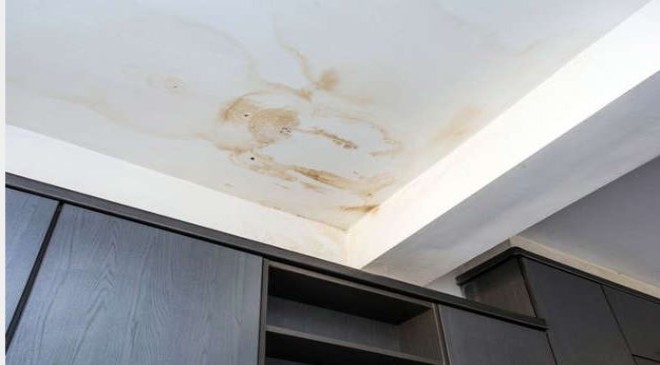Finding The Perfect Home
You’ve been getting up early weekend after weekend to go to open houses and have spent hours looking at online listings. You’ve finally found a place that you like, but before you make an offer, one good idea is to do some research on what to look for when buying a home.
Most people don’t want to buy a home that is going to require a lot of work or be difficult to finance because it’s structurally unsound or unsafe. The home might look great on the surface, but it’s recommended that a buyer order the proper home inspection(s) to see if it actually measures up prior to lifting any property contingencies.
It can be stressful or even derail the home purchase to find out that you’ll need to make all sorts of costly renovations that make you go over budget. It could also mean having to look for renovation financing as opposed to traditional financing after you’ve worked hard to find that dream home.
There are a number of common home inspection red flags that would put even your dream home on the buyer beware list because of the extra expense and stress involved in fixing the issues. There are a lot of things to look for when buying a home. Consider these factors as you continue your search for your dream home.

1. Structural Problems
If there is a problem with the foundation or load-bearing walls in your new home, structural repairs involving health and safety issues could derail your home loan by making the property ineligible for financing. Even if it doesn’t, it could wind up costing thousands of dollars.
But structural problems aren’t just expensive to fix; they could also be considered unsafe. That’s why they should be at the top of any list of things to check when buying a home.
Look for major cracks in the foundation, problems with doors closing, door frames not being perfectly rectangular, or walls or floors that seem to sag. If after the housing inspection there is a larger issue, a structural engineer report may be able to provide additional insight.

2. Stains on Ceilings or Walls
The biggest cause of rot and mold is moisture. So, if your potential new home has leaking pipes or a roof that lets in water, it won’t just be expensive to replace your roof or find where the leak is coming from; the leak could have already created other problems.
Water stains and mold are home inspection red flags. Not only can mold have implications for your health but it could indicate a bigger problem with the house. If you see either of them, look into the cause of the stain.
If you need a new roof or new plumbing, that could set you back a significant amount of money. Dry rot and related problems like mold can also fall under health and safety issues and, as a result, affect the home’s eligibility for traditional home financing.

3. Poor Drainage
Poor grading and drainage can potentially cause huge problems with the foundation or basement of your home, so it should be high on your list of home inspection red flags.
When it comes to bad drainage, things to look for when buying a home can include but are not limited to, pooling water around the foundation, leaking in the basement, gutters that are blocked or overflowing, and soil being moved by water in any flower beds around the home.
While there are ways to fix poor drainage and improper grading if it’s minor, you might struggle with larger drainage problems if the home is in a low-lying area.
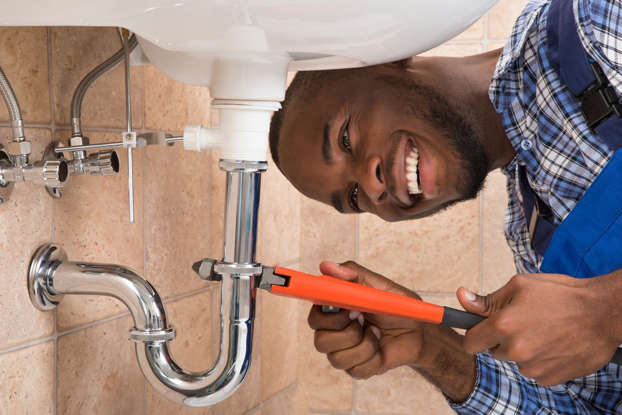
4. Bad Plumbing
The last thing you want is for your sink to spring a leak. Plumbing problems could have an array of causes, including improperly installed plumbing or older pipes that need to be replaced or are leaching metals into your water supply.
Plumbing that regularly leaks could cause water damage, which, as noted previously, could have some pretty serious consequences (like mold and rot).
The home inspector will generally test the plumbing system. But as you look at houses, be observant and try running all the faucets and flushing the toilets. Keep an eye out for any signs of possible water damage and be aware of any smells.
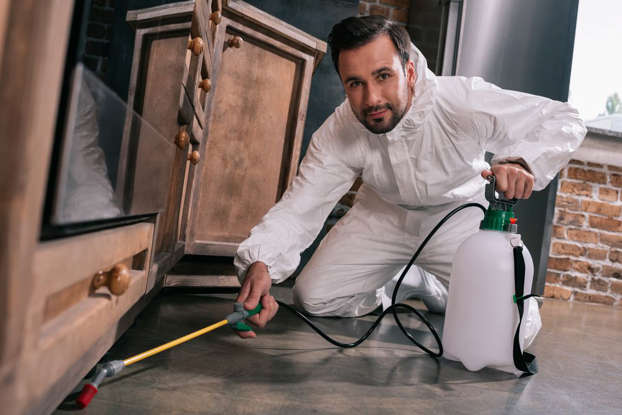
5. Pests
There are a few ways to avoid buying a pest-infested home, such as having a home inspector look for pests. If the general home inspection calls out pest issues, it is recommended to go a step further and request a separate inspection from a licensed pest inspector referred to as a pest inspection report.
If the inspector finds signs of bugs, it might be possible to request that the seller fix the infestation before you close the sale. Sometimes, pest infestation can mean a significant discount, which may be appealing to some buyers.
But getting rid of certain kinds of bugs can be very costly, complicated, toxic and even require you to leave your home while the fumigation takes place. So, the discount may not actually be as rosy as it seems.
Pest issues can be categorized in a report as Section 1, 2, and 3. Lenders do not usually close on a traditional home loan with Section 1 pest issues because it may fall under the health and safety issue category.
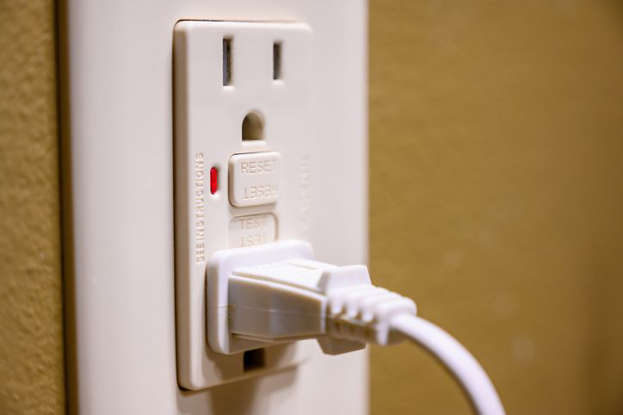
6. Electrical Problems
A general home inspection will cover basic electrical items, but some buyers opt for an additional electrical inspection. Depending on when the home was built, there could be improper or even dangerous wiring throughout the house.
That could affect eligibility for home financing due to health and safety issues, increase the fire risk in your home, or require a significant investment to replace the electrical system.
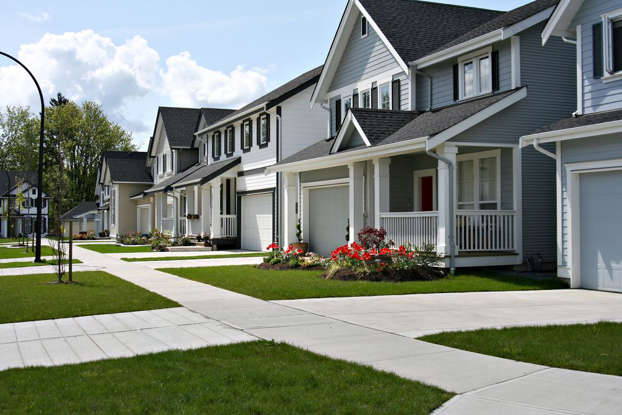
7. The State of the Neighborhood
You might have found a beautiful home, but what if the location isn’t ideal? If your home is in a neighborhood that seems to be deteriorating — with a high number of vacant properties, a high crime rate and a bad school system — your investment might not pay off.
When it comes to what to look for when buying a home, potential resale value may be high on your list of priorities, and location can be a big factor. A neighborhood that has crime problems should be on your buyer-beware list.
Ask your real estate agent and neighbors about the neighborhood, stop by at different times, use Crime Mapping to search your area for crime statistics, and check out the safety of local parks and schools.

8. The Condo or Homeowners Association
If you’re moving into a condo or a planned unit development with dues, you’ll want to know more about the homeowners association (HOA). You will need to obtain a completed Homeowners Association Questionnaire and CC&Rs. Once this form is completed, it could answer many of the questions you may have, such as:
- Are these HOA fees comparatively high?
- Do they plan on increasing them anytime soon?
- If so, why? What are the rules around making changes to your property?
- Is there any pending litigation against the condo association?
- Are there any big repairs expected that you’ll have to help pay for?
- What are the penalty fees if you break the rules? Can you rent out your place or use it as an Airbnb when you go on vacation?
Before you put in an offer, it’s a good idea to find out the answer to these or any other issues of importance to you and your family.
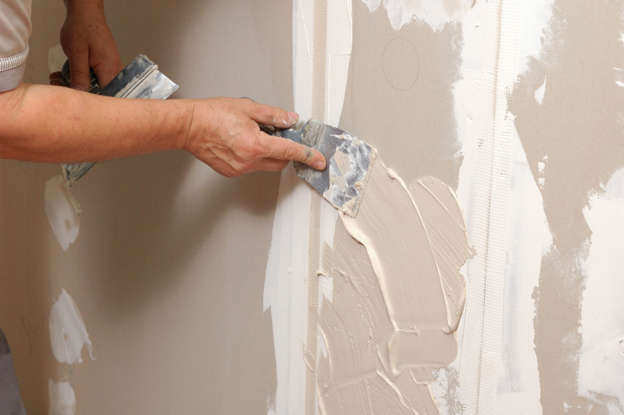
Read More:-Here’s how long experts say you should keep your tax returns
9. DIY Improvements
Watch out for shoddy renovations. If the house looks like it has undergone a recent facelift, have a close look at the workmanship. If there are visible shortcuts, there may be other areas of the house that weren’t properly renovated that could cause you headaches in the future.
Check them carefully and make sure the major improvements or additions were done in a workmanship-like manner and with the proper permits.

10. Older Windows
Older windows could translate into higher heating and cooling costs for your home. Moisture leakage can cause mold issues over time. Those costs add up, so you may want to add windows to your list of things to look at when buying a home.
Also, older windows are typically less energy efficient than newer options and can be drafty or be prone to leaks. Look for windows that stick, have discoloration around the indoor casing, or are warping. Updating windows (or replacing them completely) could be time consuming and costly.

Pay Attention to These Home Inspection Red Flags
In certain situations, a buyer may consider making an offer on a house even with one or two of these home inspection red flags. In some cases, it may all work out.
Before committing to a property that may be in need of a little TLC, it’s considered a good idea to run the issues by your lender and plan out what the potential repairs may cost.
Doing the math now could mean fewer (financial) surprises when you move in. In some cases, it may be possible to negotiate with the seller so any issues are addressed before the loan closing.

